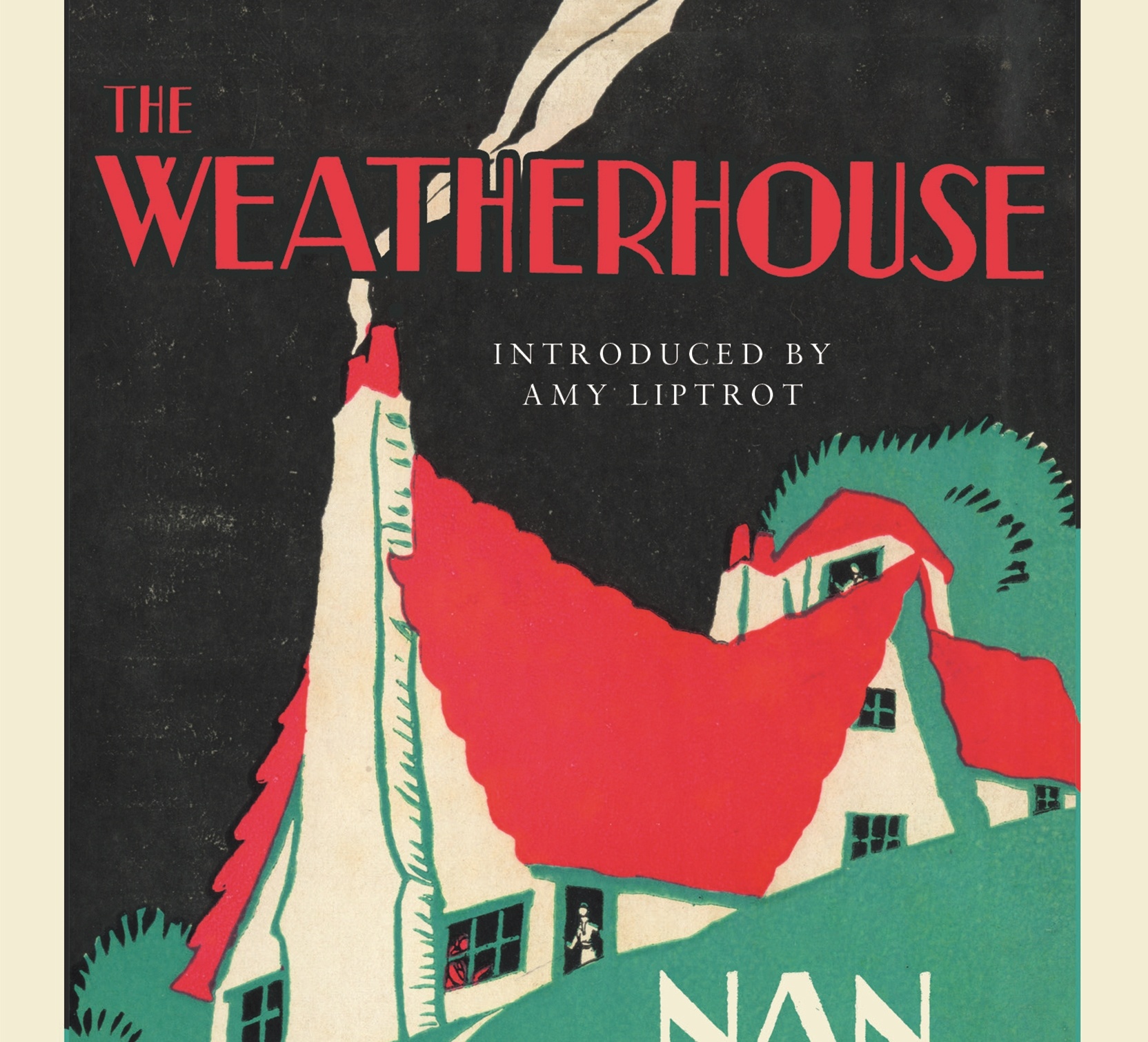Written in 1930, The Weatherhouse recalls author Nan Shepherd’s own experiences of wartime life in her beloved Cairngorms. As with her work The Living Mountain, Shepherd brilliantly presents a world close to her heart, one with which I could strongly connect as a reader. As a woman who grew up in the countryside in a female oriented family with Scottish heritage, this novel’s recent revival gave me the opportunity to revisit a writer who combines a vivid exploration of the Scottish wilds with a depiction of those suffering from the effects of the war; both of which are infused with turmoil.
As a student from the beautiful South Downs, I could certainly appreciate Shepherd’s depiction of nature. The work easily fits into the naturalist genre (made famous by writers such as Thomas Hardy), with a powerful focus on the landscape and weather reflecting the internal conflicts of the characters. One particularly emotive moment is main character Garry’s feeling of a “sky, still dark, [brooding] upon a darker earth, but with no sense of oppression”.
The older women of the family are worn and hardened like the landscape, having endured many trials throughout their existence. Yet, the most emotive characters are those who suffer deeply. Garry’s hazy, influenza-ridden hysteria and post-traumatic stress is clearly identifiable when he struggles with adjusting to the small, quiet atmosphere of Fetter-Rothnie whilst mourning an old friend.
The toil and struggle of both Linny and Ellen as they weather emotions of love and dissatisfaction within their lives is openly presented. Amy Liptrot’s introduction cites how this novel “makes ingenious use of free indirect speech”. It evokes such complex emotions of love, irritation, and fear in a stream of consciousness narrative, which allows us as readers to identify with any of the feelings portrayed by the characters.
Such a focus on what Liptrot defines as “sidelined, unremembered women” is still applicable today, as we can identify with the ever-present importance of not just commending the women who stand out, but also recognising the unlauded women – the ones we grow up with.
With regards to the small town setting, the storyline revolves around gossip and social reliance on other people’s opinions. Truth and doing what is right are highly common literary subject matters. While Shepherd’s novel may focus on what many could consider menial conflicts, however, she effectively delves into the emotional intensity of the moral dilemmas of each individual, marking each turn of feeling with the circumstances for us to track.
The path of lies, equivocations and people’s desire for justice swirl in the mess that is small town talk, where the stereotype of everyone knowing everything runs rampant. Shepherd is indeed ingenious as she presents to us the nature of ordinary lives, and the beauty of our world and our emotions. The Weatherhouse is novel that truly comprehends what it is to be human.
The Weatherhouse by Nan Shepherd (1930/2016)

Photo courtesy of Canongate

